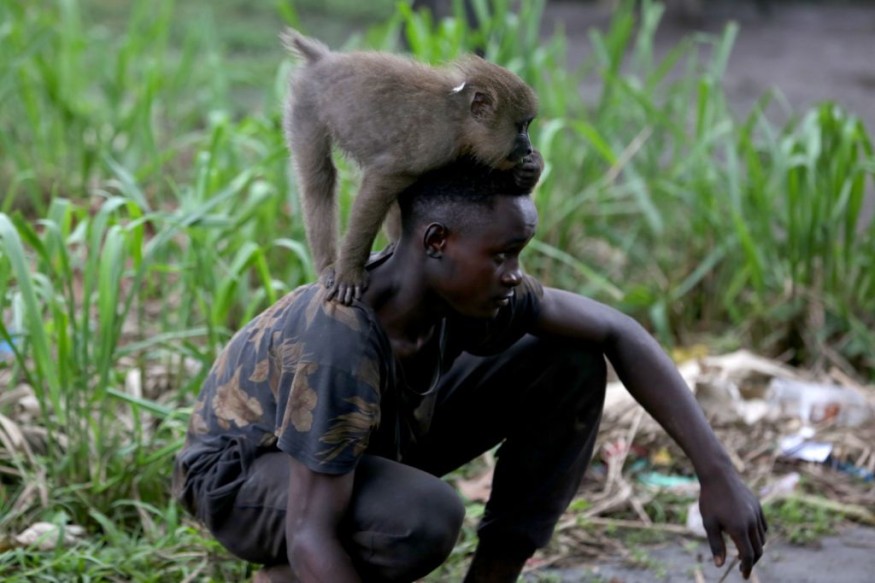Deadly diseases are sometimes acquired due to the transfer of pathogens during animals to human transmission, also called cross-species infection. Over the decades, humans have witnessed some of the deadliest and most infectious diseases, some came from animals.
Pathogens have the tendency to mutate while inside their host. While some disease is considered to be non-lethal to animals, it can be the other way around when humans are infected in the event of cross-species infection.
For centuries, the world has experienced both endemic and pandemic levels of infectious diseases-with the latest and most disruptive one in modern history; the novel coronavirus disease (COVID-19). COVID-19 is only one of the many prime examples of cross-species infection.
The COVID-19 Pandemic

The pandemic caused by the novel coronavirus (SARS-CoV-2) virus is a manifestation of how deadly animal diseases impact humans. Conflicting speculations surround the origin of SAR-CoV-2, but the prevailing assessment indicates it came from animals.
Since the onset of the COVID-19 pandemic in March 2020, world travel came to a halt and businesses have been widely disrupted amid imposed restrictions to curb the spread of the disease. The pandemic is considered to be the most disruptive and deadliest in modern history since the Spanish flu of 1918.
According to Johns Hopkins University, there are 429 million total confirmed cases of COVID-19 with 5.9 million total deaths as of Thursday, Feb. 24. COVID-19 is only one of the many diseases that the world has faced for years.
Other Deadly Diseases from Pathogens
Throughout history, there have been several incidents involving animal to human transmission of deadly diseases. However, there are variations among these diseases since some are only mild while some are lethal to humans.
One of the oldest instances of cross-species infection is the Black Death of the 14th century. Also called the Bubonic plague pandemic, the event was caused by a bacterial disease from rodents. The plague has spread through Europe and across the world, killing approximately 75 million people.
Other forms of animal-to-human transmitted diseases are rabies and the chimpanzee-acquired human immunodeficiency virus (HIV)-which leads to acquired immunodeficiency syndrome (AIDS), as per the Centers for Disease Control and Prevention (CDC).
Zoonoses: Animal to Human Transmission
According to the World Health Organization (WHO), zoonosis is an infectious disease transmitted from vertebrate animals to humans. The WHO added zoonotic pathogens can be bacteria, viruses, and fungi that can jump from animals to humans through direct or through indirect contact.
Direct contact is evidently through physical contact, while indirect contact pertains to the acquisition of the disease by humans through other channels, including contaminated food or water, left by the infected animal.
Hotspots for Cross-Species Infection
The hotspots of cross-species infection in the form of animals to human transmission became possible amid the expansion of human territories, increasing both direct and indirect interaction. For instance, farms or markets can be a prime example of a hotspot of infection from animals to humans, as per MSN.
Related article: How Are Animals Affected By COVID-19?
© 2025 NatureWorldNews.com All rights reserved. Do not reproduce without permission.





